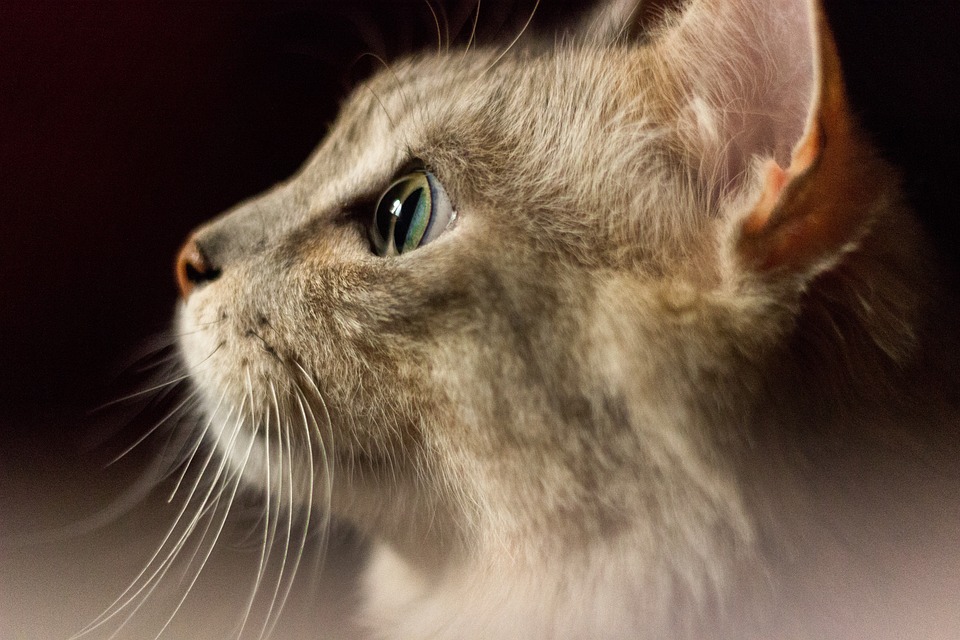Fish behavior is a complex and fascinating subject that can be influenced by various factors, including the tank environment they reside in. One area of fish behavior that is particularly intriguing is courtship displays. Courtship displays are a series of behaviors and visual displays that fish engage in to attract mates and signal their readiness to breed. These displays serve an important purpose in the fish’s reproductive cycle and can provide valuable insights into their behavior and evolutionary implications.
To understand the connection between courtship displays and the tank environment, it is essential to first grasp the significance of courtship displays in fish behavior. Courtship displays are a crucial part of the mating process for many fish species. They serve to attract potential mates, communicate readiness to breed, and establish dominance hierarchies. These displays can involve a variety of behaviors, such as fin displays, color changes, chasing, and various body movements. By observing and understanding courtship displays, researchers can gain insights into the reproductive strategies and social dynamics of fish species.
Creating a suitable tank environment is vital for the well-being of fish and can significantly impact their courtship displays. When setting up a tank for courtship displays, several key factors should be considered. These factors include water quality and parameters, tank size and space, substrate and vegetation, lighting and visual cues, as well as temperature and water flow.
Water quality plays a crucial role in fish behavior, including courtship displays. Factors such as pH levels and the presence of ammonia and nitrate can affect fish behavior and reproductive success. Maintaining appropriate water quality parameters is essential for promoting healthy courtship displays and successful breeding.
Tank size and space also influence courtship behaviors in fish. Larger tanks provide more space for fish to establish territories and engage in courtship displays. In contrast, confined spaces can lead to behavioral changes and inhibit courtship behaviors. Providing ample space and appropriate tank size is important for facilitating natural courtship displays.
The substrate and vegetation in a tank also play a significant role in courtship displays. Some fish species engage in nest-building behaviors, and the presence of suitable substrate and vegetation can facilitate these behaviors. Additionally, hiding spots and shelter are crucial for fish during courtship displays, as they provide a sense of security and privacy.
Lighting and visual cues are another important aspect of the tank environment that can influence courtship displays in fish. Lighting intensity and color can affect the visibility of visual displays and attraction between mates. By adjusting the lighting in the tank, fish enthusiasts and researchers can promote courtship displays and enhance the visibility of these fascinating behaviors.
Temperature and water flow also have an impact on courtship displays in fish. Some fish species exhibit seasonal variations in breeding, and maintaining appropriate temperature conditions can stimulate courtship behaviors. Water flow can also influence courtship displays, as it may affect the ability of fish to engage in their natural behaviors.
In conclusion, understanding fish behavior, particularly how courtship displays are influenced by the tank environment, is crucial for creating an optimal habitat for these fascinating creatures. By considering factors such as water quality, tank size, substrate, lighting, temperature, and water flow, fish enthusiasts and researchers can observe and promote courtship displays successfully. Remember, a well-designed tank environment can enhance the natural behaviors of fish, providing them with a comfortable and stimulating home.









